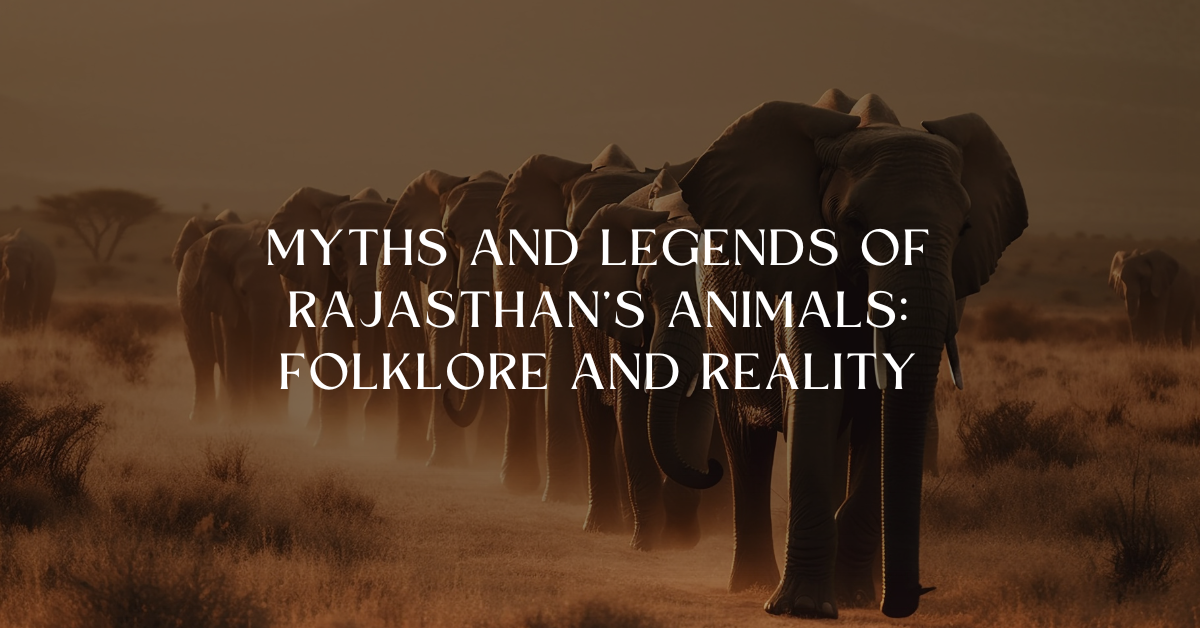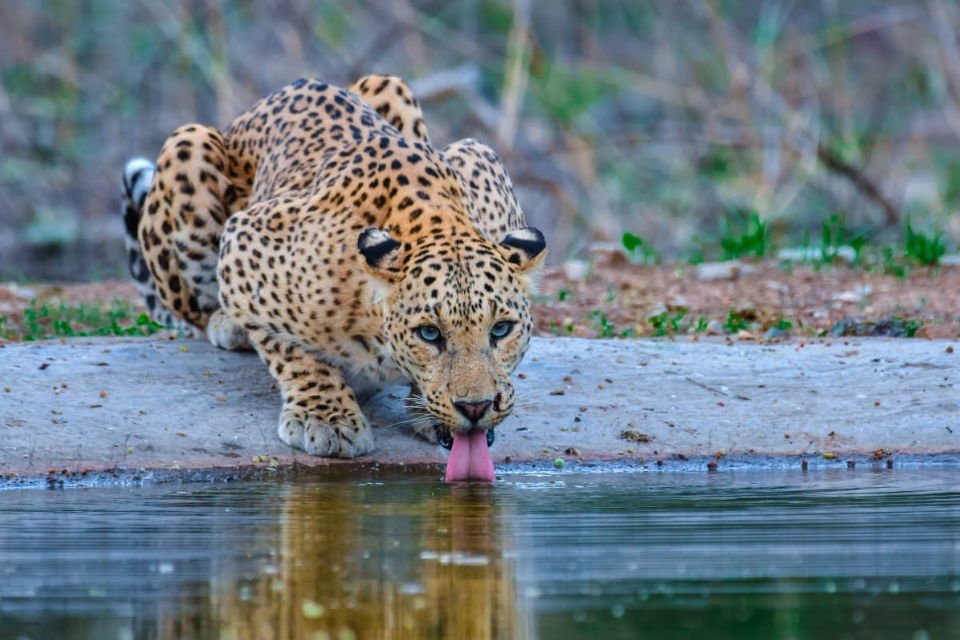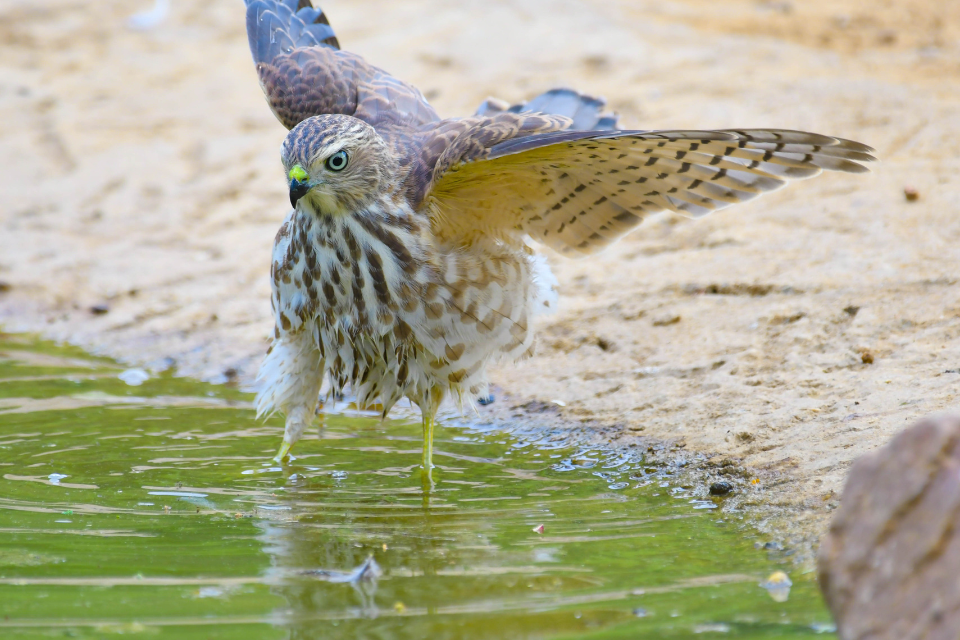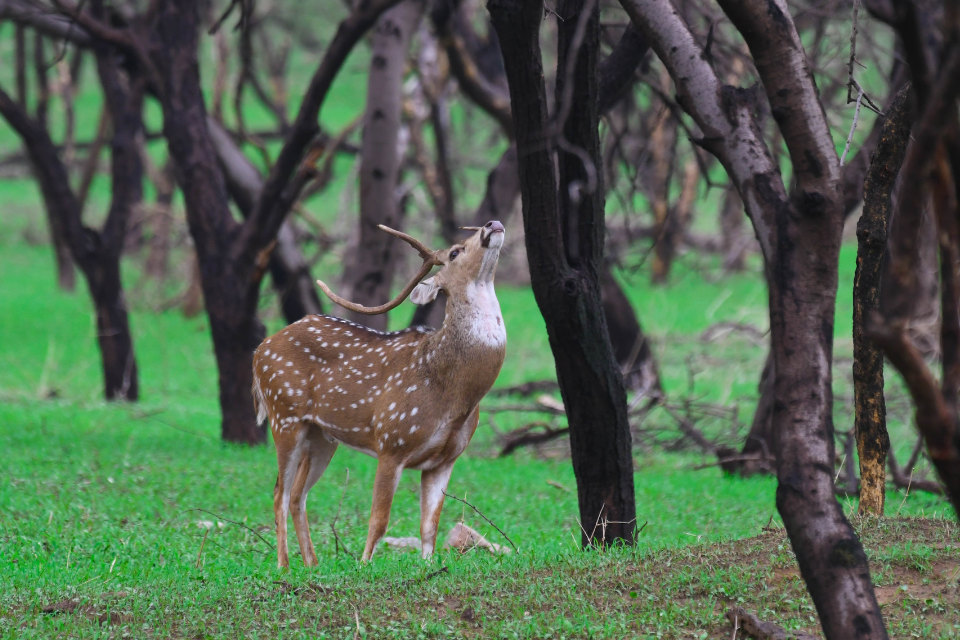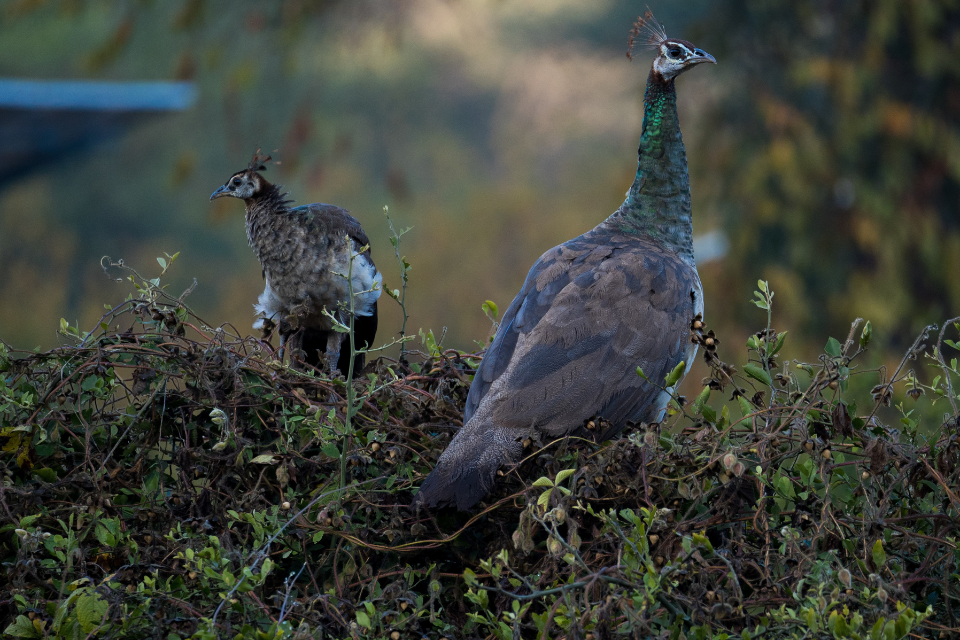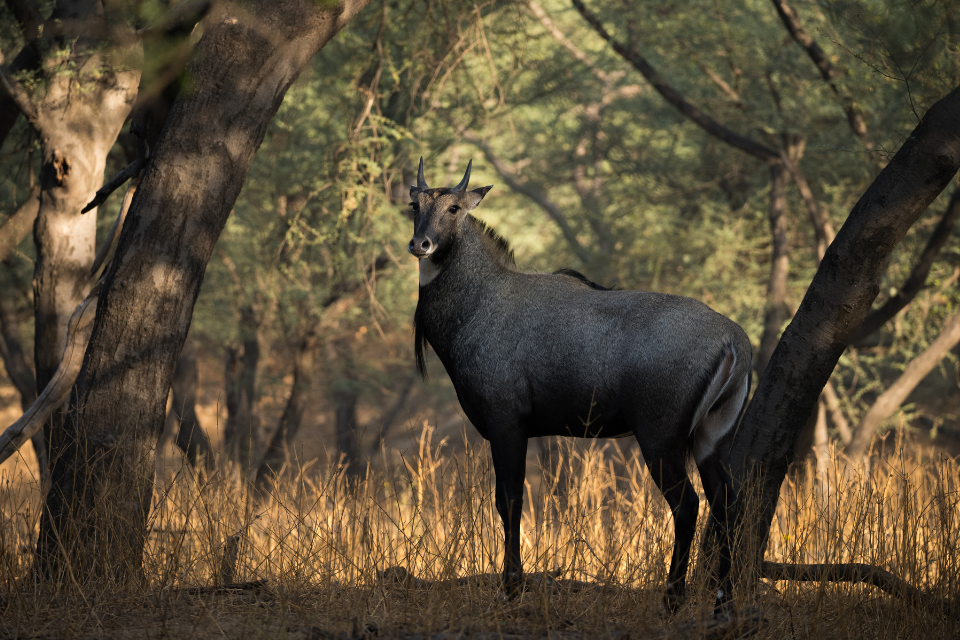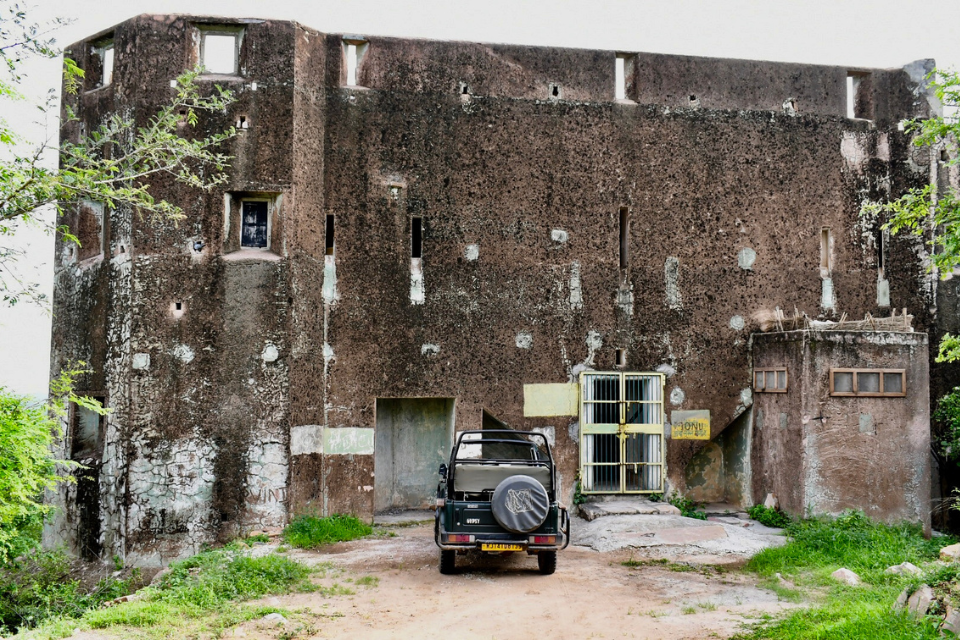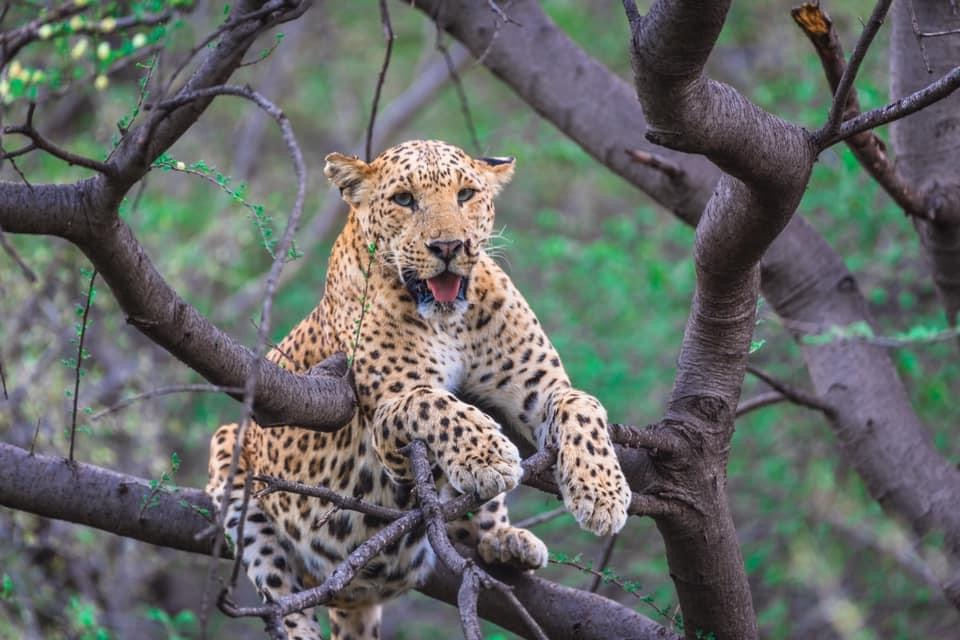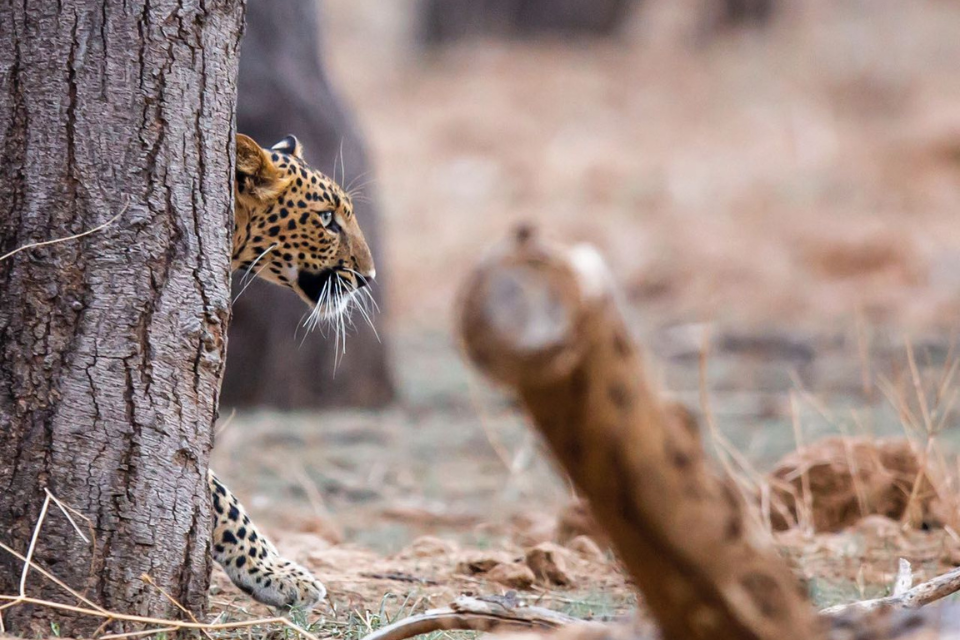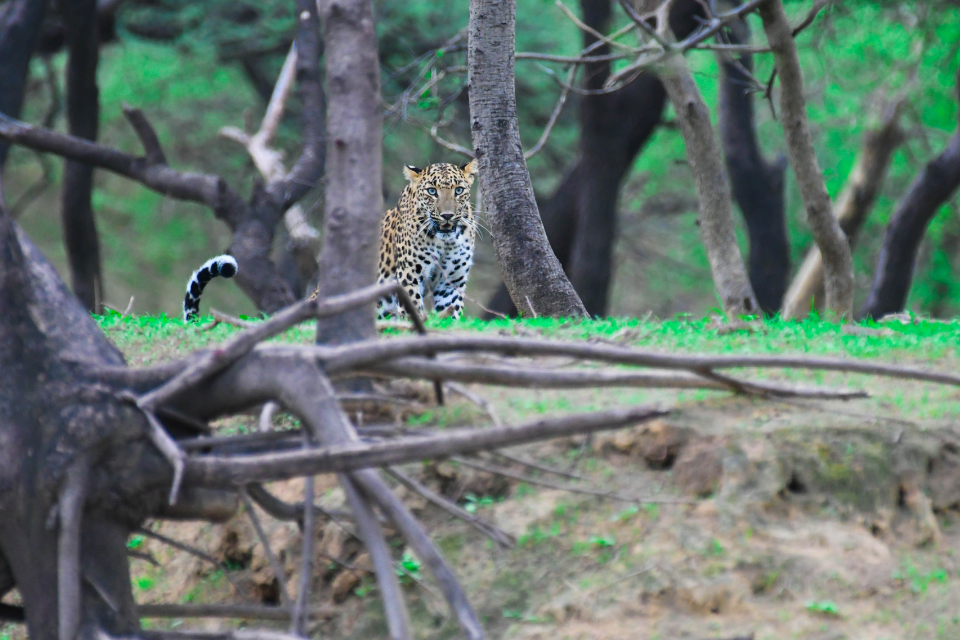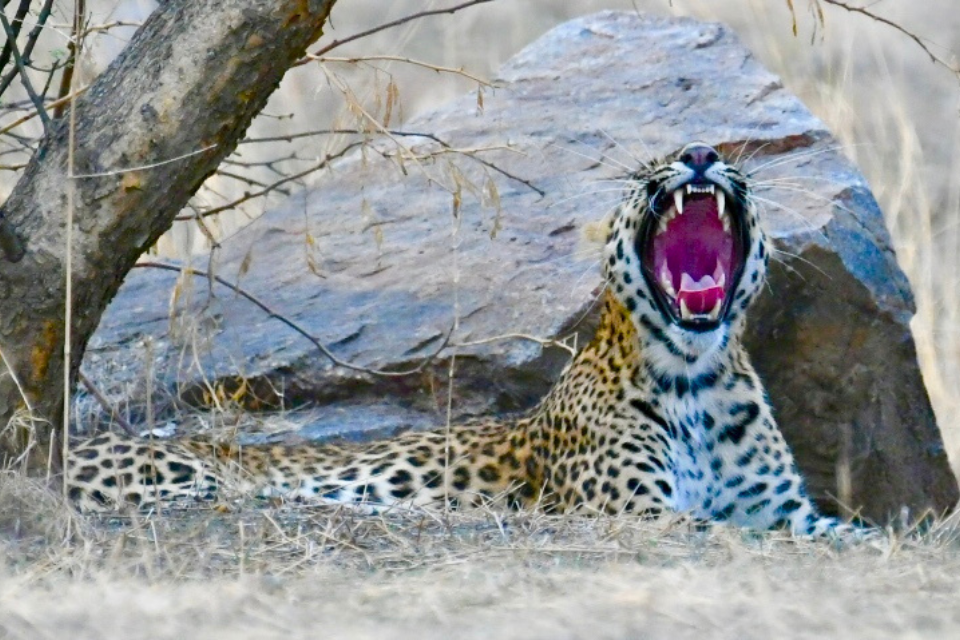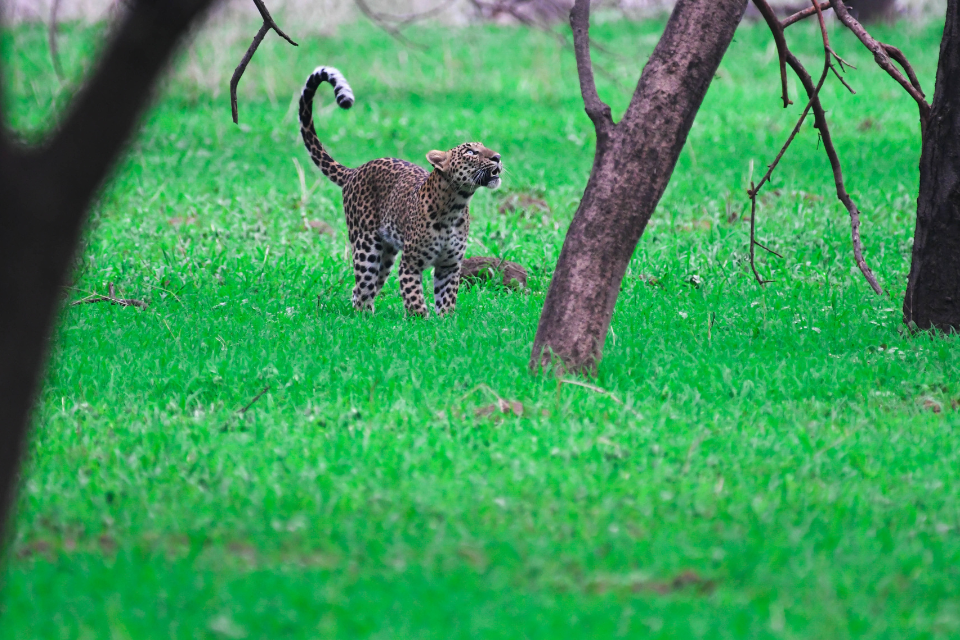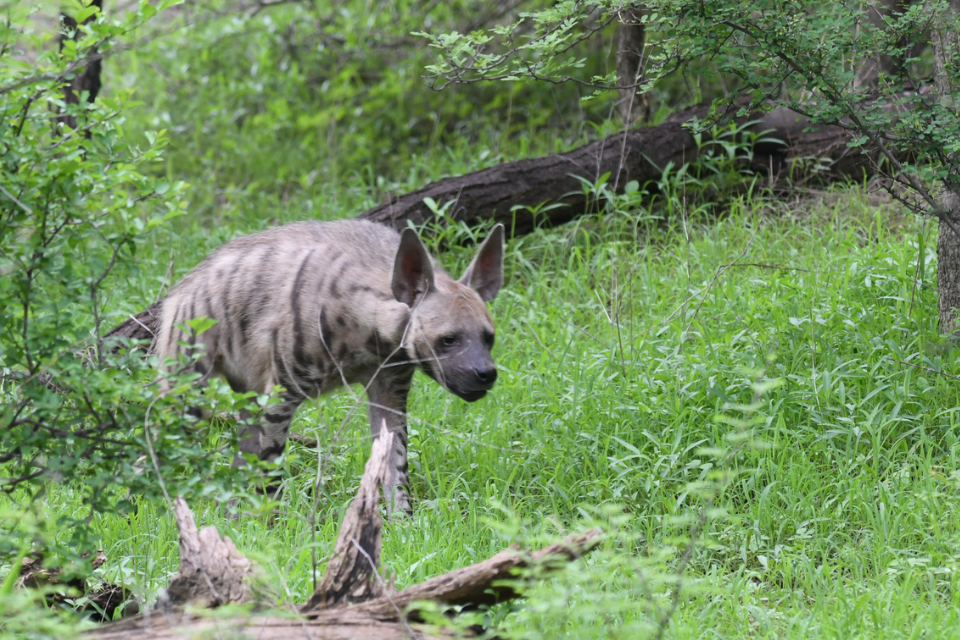- March 28, 2025
Myths and Legends of Rajasthan’s Animals: Folklore and Reality
Rajasthan, the land of kings and warriors, is also a land of mystical tales and ancient folklore. For centuries, animals have played a central role in local myths, legends, and beliefs, shaping the way people see and interact with wildlife.
From the sacred blackbuck protected by the Bishnoi community to ghostly stories of leopards in the Aravallis, Rajasthan’s wildlife is deeply woven into its cultural fabric. But how much of these stories are fact, and how much is fiction? Let’s explore the myths and legends surrounding Rajasthan’s animals, separating folklore from reality.
- The Sacred Blackbuck: The Deer That Brings Good Fortune
📍 Found in: Tal Chhapar Sanctuary, Jodhpur, Bikaner
🦌 Myth: The Blackbuck is Sacred & Killing It Brings Misfortune
✔ In Rajasthan, blackbucks (Indian antelope) are considered sacred animals and are believed to bring prosperity and good luck.
✔ The Bishnoi community, a group of nature worshippers, protects blackbucks at all costs.
✔ Killing a blackbuck is said to bring bad karma and divine punishment.
🚀 Reality:
✔ The Bishnoi community has actively protected blackbucks for over 500 years, reducing poaching.
✔ In 1998, a famous Bollywood actor was sentenced for killing a blackbuck, reinforcing the community’s commitment to wildlife conservation.
✔ Today, blackbuck populations are rising in Rajasthan, thanks to strong protection.
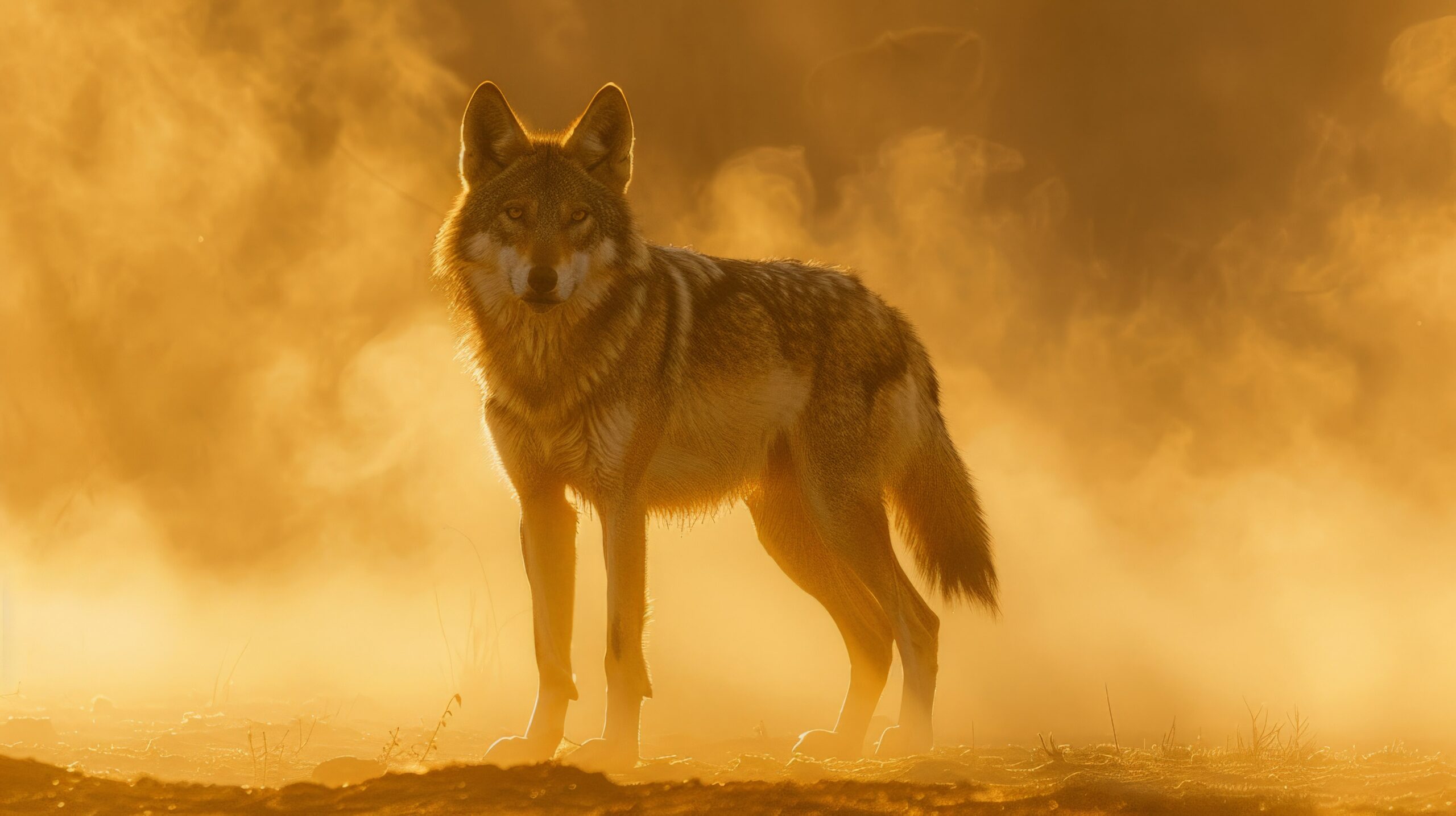
- The Great Indian Bustard: The Divine Bird That Brings Rain
📍 Found in: Desert National Park, Jaisalmer
🦅 Myth: The Bustard’s Call Brings the Monsoon
✔ Rajasthan’s villagers believe that the Great Indian Bustard’s call can summon rain.
✔ It is said that if the bustard dances before the monsoon, the rains will be plentiful.
🚀 Reality:
✔ While the bustard’s courtship display happens just before the monsoon, it has no direct connection to rainfall.
✔ The bustard is critically endangered, with fewer than 150 left in the wild, making it one of the rarest birds on Earth.
🚀 Urgent Action Needed: Protecting the bustard’s habitat in Desert National Park is crucial to its survival.
- The Leopard of the Aravallis: The Ghost of the Hills
📍 Found in: Jhalana, Kumbhalgarh, Mount Abu
🐆 Myth: Leopards Are Shape-Shifters
✔ Some Rajasthani villages believe that leopards can transform into humans at night.
✔ According to legend, some leopards guard ancient temples, appearing only to the faithful.
✔ Some also believe that seeing a leopard is a sign of an upcoming spiritual event.
🚀 Reality:
✔ Leopards are incredibly stealthy and nocturnal, which explains why they are rarely seen but often heard.
✔ They often roam near temples and villages because they prey on stray dogs and livestock.
✔ Superstitions have helped in some cases—leopards near temples are less likely to be harmed due to religious beliefs.
🚀 Fact: Rajasthan is one of the best places in India to see leopards, with populations thriving in Jhalana, Kumbhalgarh, and Mount Abu.
- The Sloth Bear: The Demonic Guardian of the Forest
📍 Found in: Kumbhalgarh, Mount Abu, Sariska
🐻 Myth: Sloth Bears Are Aggressive Demons That Attack Without Reason
✔ Many local stories describe sloth bears as demonic creatures, attacking humans without provocation.
✔ Some legends say that bears are spirits of warriors who died in battle, cursed to roam the forests forever.
✔ Villagers often fear sloth bears more than tigers, believing them to be unpredictable and violent.
🚀 Reality:
✔ Sloth bears are shy and avoid humans, but they can become aggressive when startled.
✔ Unlike tigers or leopards, sloth bears do not hunt large animals—they survive mainly on termites, fruits, and honey.
✔ Most bear attacks occur when humans unknowingly enter their territory, not because bears are naturally aggressive.
🚀 Fact: Rajasthan is one of the last safe havens for sloth bears, with healthy populations in Mount Abu and Kumbhalgarh Wildlife Sanctuary.
- The Desert Fox: The Trickster of the Thar
📍 Found in: Desert National Park, Jaisalmer
🦊 Myth: The Desert Fox is a Messenger of Ghosts
✔ According to desert folklore, the Desert Fox is a messenger between the spirit world and the living.
✔ If a fox is seen crossing the road at night, it is believed to be a bad omen.
✔ Some villagers claim that Desert Foxes lead lost travelers to safety—or deeper into the desert, depending on their fate.
🚀 Reality:
✔ Desert Foxes are highly intelligent and have excellent night vision, which allows them to navigate the desert effortlessly.
✔ They use their sharp hearing to locate prey underground, often digging to catch rodents.
✔ While not magical, they do play a vital role in controlling pest populations in Rajasthan’s fragile desert ecosystem.
🚀 Fact: Despite their adaptability, Desert Foxes are facing habitat loss due to urbanization and climate change.
- The Mugger Crocodile: The Guardian of Rajasthan’s Lakes
📍 Found in: Chambal River, Kota, Jawai Dam
🐊 Myth: Crocodiles Protect the Hidden Treasures of Rajasthan’s Royals
✔ Some old forts and temples have legends that crocodiles guard buried royal treasures.
✔ It is said that crocodiles never let anyone escape once they enter the water.
🚀 Reality:
✔ Mugger Crocodiles are apex predators but generally avoid humans unless provoked.
✔ They play a crucial role in keeping freshwater ecosystems balanced, feeding on fish and small mammals.
✔ Many old palaces and forts had moats filled with crocodiles—not to guard treasure, but to protect against enemies!
🚀 Fact: Rajasthan has some of India’s last remaining wild crocodile populations, found in Chambal, Jawai, and Kota Barrage.
Final Thoughts: Myth or Reality? Rajasthan’s Wildlife Deserves Protection
✔ While many myths about Rajasthan’s wildlife are based on superstition and fear, they also highlight the deep cultural respect for nature.
✔ Some legends have helped conservation efforts, like the Bishnoi’s protection of blackbucks.
✔ Others have led to misunderstandings, such as the fear of sloth bears and leopards.
🚀 What’s Next?
✅ Spreading awareness about scientific facts vs. myths.
✅ Encouraging eco-tourism that respects wildlife.
✅ Strengthening laws against poaching and habitat destruction.
🌍 Final Thought: Rajasthan’s animals are not just part of nature, but part of its culture, history, and identity. Whether through folklore or conservation, they deserve to be protected for future generations.
🔍 Which Rajasthan animal myth fascinates you the most?
Disclaimer All images used in this blog are either sourced from public domain or credited to their respective owners. If you are the copyright holder of any image and wish to request its removal or proper attribution, please contact us at [email protected]
